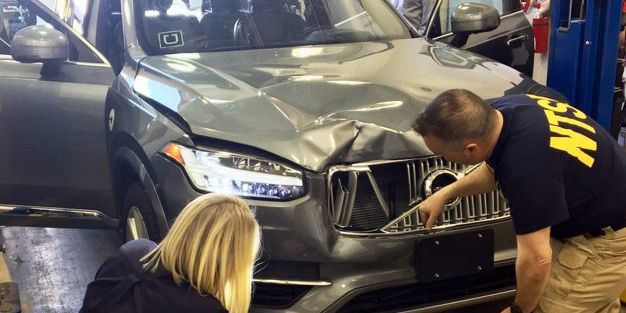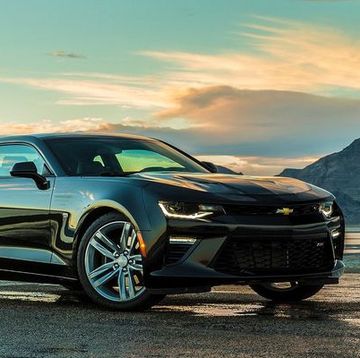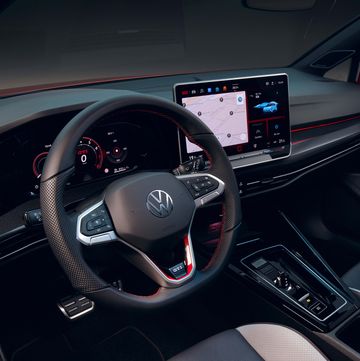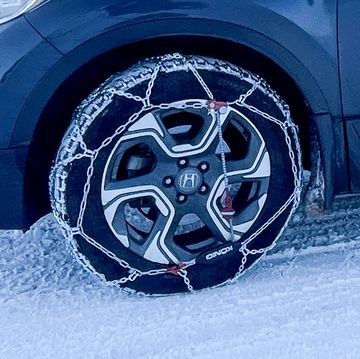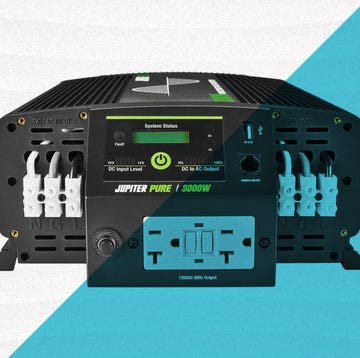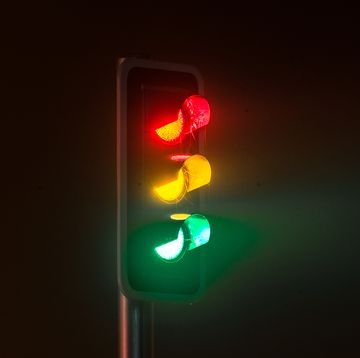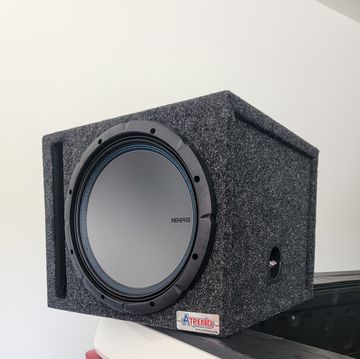- A new report spotlights more troubles for the ride-hailing company Uber on the eve of a National Transportation Safety Board meeting about the deadly March 2018 crash involving a self-driving Uber and a pedestrian walking her bicycle.
- Automotive News, citing unnamed sources, reports that the company deactivated a critical feature on self-driving test cars to promote "comfort over safety."
- The NTSB and the U.S. Senate are holding meetings this week over the fatal crash in Tempe, Arizona.
The National Transportation Safety Board has voted unanimously (3–0) that the likely cause of the crash between an Uber self-driving car and a pedestrian was the operator's failure to monitor the vehicle and the driving environment. Reuters reported that the NTSB, at its November 19 meeting, took Uber to task for "inadequate safety risk-assessment procedures and ineffective oversight of the backup driver." The agency recommends that NHTSA require self-driving-vehicle testing entities should submit safety self-assessment reports to the safety agency and that states pay more attention to oversight of autonomous-vehicle testing.
Uber removed a critical safety feature that could have prevented the death of an Arizona pedestrian who was hit by one of the company's vehicles while its driver was watching The Voice on her phone, according to new information from Automotive News.
The newspaper cited anonymous people who had worked on Uber's self-driving prototypes as saying the ride-hailing company chose to scrap an automatic braking feature from its 200 test vehicles operating in Tempe, Arizona, because it wasn't "smooth" enough. The information comes one day before the National Transportation Safety Board meets to discuss the accident that killed Elaine Herzberg, 49, as she crossed a street in Tempe, Arizona, on March 19, 2018.
In its initial reports, the NTSB said the Uber-modified Volvo XC90 had detected Herzberg with its lidar and radar sensors for six seconds prior to impact while the driver, Rafaela Vasquez, was looking down at a phone at the time of the crash. Uber had also deactivated the Volvo's standard factory safety systems. Vasquez has not yet been charged with a crime.
Uber was cleared of criminal misconduct by one of the state's county attorneys in March after the office found that the car's onboard video "likely does not accurately depict the events that occurred," according to the office's statement. The investigation remains in the hands of the Tempe police.
AN reports that the feature Uber removed, called Reflex, was developed by Uber itself, designed to initiate hard braking out of an abundance of caution. While this feature was under development, the company also developed an "action suppression" that would "delay hard braking by one second to account for the possibility these frequent braking events were false positives." The Reflex system was considered a backup to this suppression system, according to AN, but it was then removed from the vehicles several months before the crash. Uber was more concerned with pleasing investors and its new CEO, Dara Khosrowshahi, for its "ability to provide smooth rides," according to AN.
Clifford Atiyeh is a reporter and photographer for Car and Driver, specializing in business, government, and litigation news. He is president of the New England Motor Press Association and committed to saving both manuals and old Volvos.
